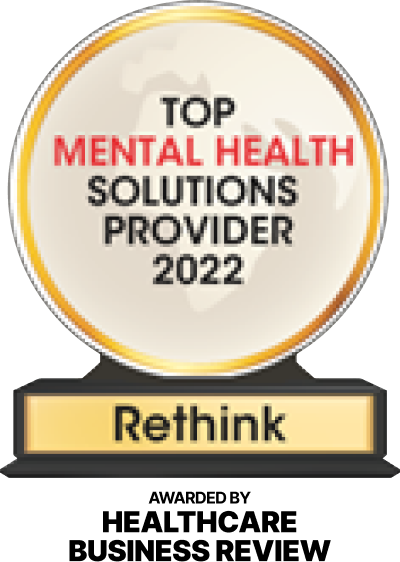We talk a lot about resilience in the office, how stress is a big cause for employee burnout and what mindfulness can do to help fix a lot of these problems. But we don’t talk about what a toxic workplace environment can do to employee resilience. The American Institute of Stress says job stress carries a large price tag. Employee stress costs employers around or over $300 billion annually. $300 billion!
Situations you may think are easy or not a big deal might be causing your team a great deal of stress and costing you a lot of money. Resilience is a great way to help cut down on stress, but it has to be taught in the right way. Learn how your work environment can help or hurt stress resilience training.
Toxic Environments Can and Will Kill Resilience
Some stress is good stress, and that kind of stress is what can really help resilience soar. But as long as there is good stress in the workplace, there will always be stress that can create a toxic environment. This kind of stress can slow down an employee’s momentum and puts out an ‘off’ feeling in a workplace that can spread quickly. Toxic work environments hinder resilience because they can interfere with employee goals and resilience can be damaged over time when employees don’t know how to get out of a toxic or stressful situation. 83% of employees say their job is the number one stressor in their lives.
To maintain employee resilience, the leadership team should ensure their employees can not only maintain their stress but are in an environment where resilience is possible. When employees are continually forced to work on their resilience skills because toxic situations continue to arise throughout the day, they aren’t actually getting the time they need to recover from each predicament.
Once resilience is impaired and bad habits are formed, it’s hard to turn them around and even more difficult to create a better working environment. Employees start to lose interest and aren’t able to focus on long term goals because they’re more focused on what is happening or what went wrong at the moment. Explain the importance of resilience when employees are put in stressful situations that will help them reach their goals in the long run.
Making Stress Work for You
Stressors and challenges are different situations your employees will most likely face on a daily basis. Stressors are situations that may not be healthy for an employee’s resilience or the overall workplace. Challenges, on the other hand, are situations that help an employee grow and learn and will help them reach an end goal over time and can actually create a great environment to nurture resilience. Of the 80% of employees who say they’re stressed on the job, nearly half want to learn how to manage the stress. Help your employees and your work environment out by creating a place where resilience can be trained and learned.
Challenges are typically viewed as a chance to strategize and develop an employee’s professional goals. They may result in stress at some point during the journey, but employees are able to focus on the outcome more and, in turn, work on their resilience. When your employee knows a challenge is going to lead them to a good outcome or get them closer to their goals, they’re able to focus on the important skills in resilience.
Grit, mental toughness, stress management and inspiration are all things that come out of resilience in the right environment. By putting employees in situations like this, your workplace is able to thrive because employees are able to bounce back quicker, have better connections with their co-workers and be more resilient during stressful times.
Train for Resilience for a Better Environment
If we’re being honest with ourselves, a workplace is going to have toxicity at some point and at some level (team, department, division, etc.). Employees will inevitably be in a stressful situation like a call, performance review or meeting during their tenure at your company. With that in mind, you can start helping employees manage their stress from these situations with resilience training. These will help employees reach their goals and allow the entire office to bounce back faster when something goes wrong.
Train your employees for resilience the right way. This is done by creating a workplace that nurtures resilience but doesn’t rely on it. Decrease stress by encouraging teamwork and a culture your employees feel supported in, this will help ensure they’re not getting burnt out when stressed out but don’t have to rely on being resilient all the time either.
Think about how you can enhance each of those areas to ensure your employees have the best chance to reach their goals and improve resilience for a better workplace environment. To learn more about what it takes to increase resilience in your workplace, visit our resources page.











